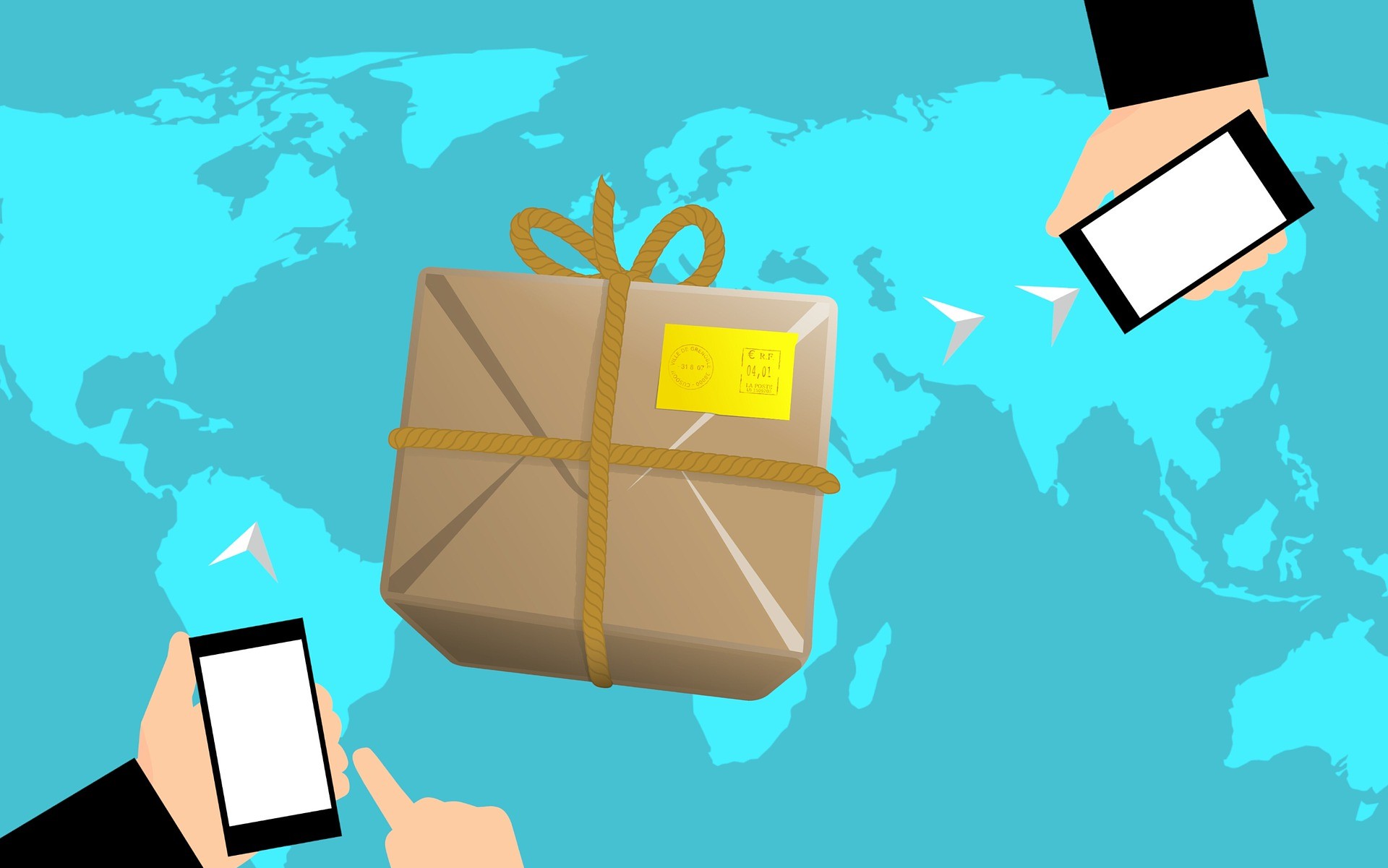
What you should know about procurement inquiry
Request for Quotation is a necessary stage in the procurement process for purchasers. Taking the procurement during the epidemic as an example, the coronavirus has made PPE a target to be imported by major enterprises and individuals. The procurement department has to find the most suitable supplier in a short time. After getting the requisition and purchase budget, the first thing to do is usually contacting the supplier immediately and provide the inquiry information. So what parts do a complete inquiry document include?
(1) Product Name and Part Number (P/N)
The “product name” and “item number” of the inquiry item are the most basic information that must be required on the inquiry form. The product name should be as clear as possible to see the characteristics and types, and the part number should be accurate. The mistake in any number may lead to an absolute difference.
(2) Quantity (QTY)
The amount of purchase will directly affect the price. Units of procurement include “Annual, seasonal, and monthly demand” and “Different levels demand” such as 500K, 1M, 3M, etc. In addition to letting the supplier know the demand and purchasing form, the quantity can also be analyzed Whether its own production capacity can meet the buyer’s demand.
(3) Specification
The specification is a tool to describe the quality of the purchased products. Taking the PPE as an example, the specification should include the new version of product description, product specifications, material specifications, packing quantities, packaging dimensions, and weight, etc.
(4) Quality requirements
There are many ways to express the requirements of the quality specifications of the inquiry item, and they can usually be presented in the following ways:
- Brand or Trade Names: The use of branded products is the easiest and easiest for procurement. Not only can it save procurement time, reduce procurement costs, but also reduce the quality inspection procedures, just confirm the product label.
- Commercial standards: Commercial standards have a common and complete description of product size, materials, the proportion of ingredients, manufacturing process, etc. For example, masks, surgical gowns, and gloves can refer tothe existing standards on the market to avoid misunderstanding of quality.
- Materials and certification: When there are specific requirements for materials or exports, detailed inquiries are required. For example, what requirements do the materials for epidemic prevention materials need to meet? Exports to Europe and the United States require CE and FDA certification, does the supplier have them?
- Samples: At the end of the whole inquiry, requesting samples is of great help for buyers to know more about the product and supplier. It can be observed especially for colors, specifications, craftsmanship, and materials, which are more common in products with market grade requirements.
(5)Basis of quotation
Quotation usually includes the “currency value” and “terms of trade” of the quotation. The currency value of international trade quotations is mostly in US dollars (USD). And the terms of trade may be in “factory price” or “to factory price”. At the same time, the quotation has a time limit. For supplies such as PPE, the price changes almost every two or three days.
(6) Payment terms
When the situation is in the buyer’s market and the supply exceeds demand in a competitive market, the buyer can usually ask the seller to cooperate with better payment terms, such as billing (O/A), T/T 60 days or even 90 days. But if you are in a seller’s market, due to the demand exceeding the supply, the situation is just the opposite. The seller will generally choose a shorter payment period, such as choosing Cash on Delivery (C.O.D) “or T / T in advance.
The payment terms still need to clearly indicate the “Date of payment”. In international trade, suppliers in China usually start from the shipping date, invoice date or OnBoardDate The time when the payment is due.
(7) Packaging requirements
The packaging occupies a large proportion when the supplier estimates the price. In addition to the special shape or bulky ordered products, the supplier has the standard carton, carton and cardboard packaging materials used for packaging. In addition, after understanding the buyer’s packaging requirements, the supplier can also provide suggestions on whether to consider the use of standard packaging, or reduce the cost of shipping by way of consolidating goods.
(8) Delivery and delivery locations
The address, contact number and fax of the shipping location must be clearly communicated to the supplier. The shipping location and delivery method in international procurement determine the price. If the seller is required to quote in CIF, the transportation and insurance costs is better to be paid by supplier no matter it is by sea or air. There will be different billing methods according to the distance of the delivery. Suppliers usually quote on the basis of shipping, because shipping is the most economical method of delivery.
(9) After-sales service
Suppliers usually provide basic after-sales service and guarantee periods. If there are special requirements, it can be put forward. For example, requesting to extend the guarantee period, or changing the content of after-sales service, etc. It involves the purchase of “Total Cost of Ownership (TCO).



